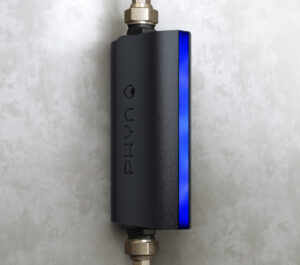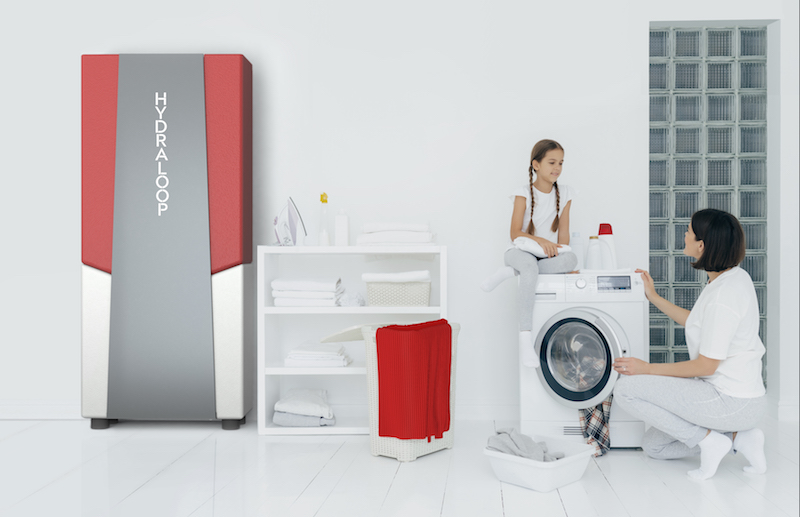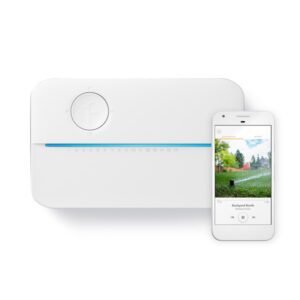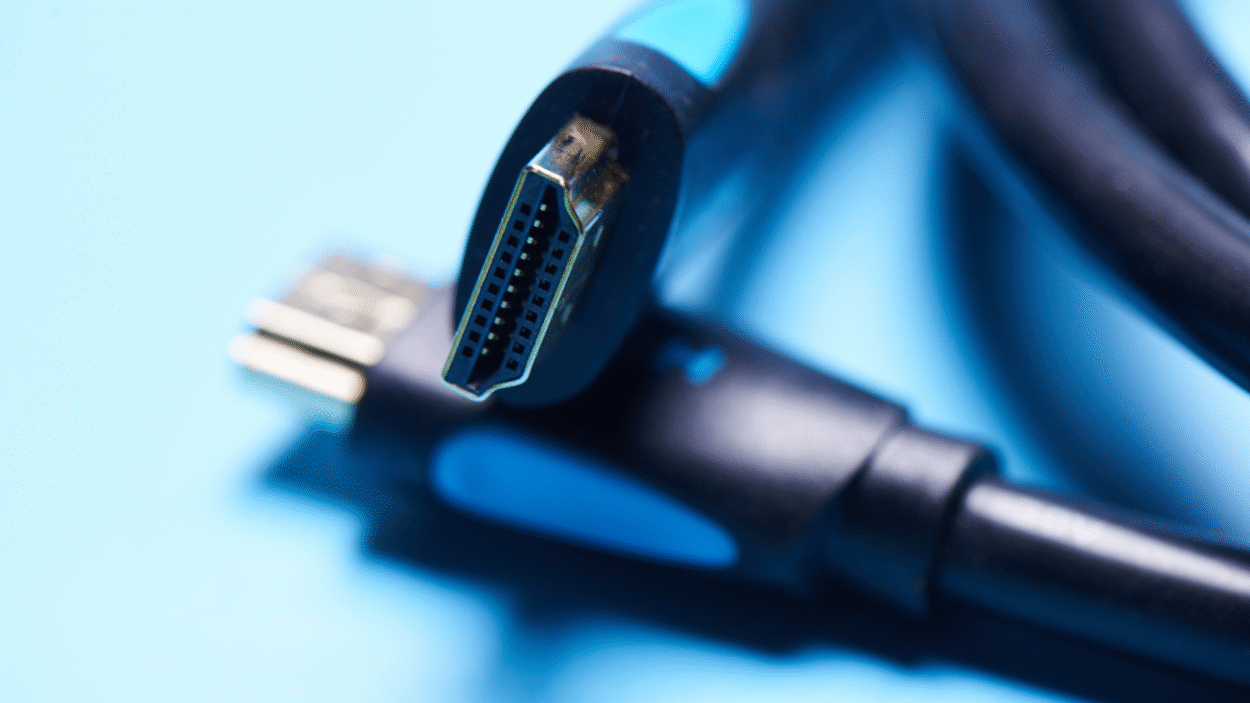Saving water is becoming increasingly important, as extreme weather patterns continue to become more frequent. There have been a lot of stories in the news lately about the “megadrought” that the western U.S. is currently facing. According to the U.S. Drought Monitor (The U.S. Drought Monitor is produced through a partnership between the National Drought Mitigation Center at the University of Nebraska-Lincoln, the United States Department of Agriculture, and the National Oceanic and Atmospheric Administration.), as of April 4, 2022, 67% of the U.S. is facing some level of drought conditions and 94% of the Western U.S. is in some level of drought with 37% of the Western U.S. experiencing extreme or exceptional drought conditions.
With rising temperatures in the U.S. and around the world, these drought conditions are not expected to change anytime soon. With this in mind, I thought it timely to look at how smart home technology can help people save water.
Start Saving Water by Stopping Leaks
Water leaks in a home waste a tremendous amount of water. According to the U.S Environmental Protection Agency (EPA), the average household’s leaks can account for more than 10,000 gallons of water wasted every year, or the amount of water needed to wash 270 loads of laundry. Household leaks can waste more than 1 trillion gallons annually nationwide. That’s equal to the annual household water use of more than 11 million homes.
I’ve written quite a bit about smart home technology that can help homeowners detect leaks in their homes. However, those articles were primarily focused on the amount of damage that a water leak can cause in a home, along with the cost of making repairs. Two leading water leak detection products are the Phyn Plus Smart Water Assistant + Shutoff and the Flo Smart Water Monitor and Shutoff.

Both of these products can detect very small leaks in a home, shut off the water supply to the home to minimize damage, and provide information on the water used by different fixtures or appliances in a home.
So, using one of these products you can see how much water was used by your dishwasher, when you took a shower, when you flushed a toilet, and more. These products allow family members to understand that consequences of their actions — such as the amount of water used when relaxing in a 20-minute shower or when washing dishes by hand versus using the dishwasher.
For more detailed information on leak detectors you can find some of the articles I’ve written here:
- How Phyn Plus Gen 2 Can Protect a Home from Water Leaks and Monitor Water Usage
- Smart Home Water Monitoring with Flume 2
- Smart Water Management Solutions from Phyn
- The 5 Best Smart Water Leak Detectors Compared
Using a Smart Irrigation Controller
According to the EPA, nationwide, landscape irrigation is estimated to account for nearly one-third of all residential water use, totaling nearly 9 billion gallons per day. In addition, some experts estimate that as much as 50 percent of water used for irrigation is wasted due to evaporation, wind, or runoff caused by inefficient irrigation methods and systems.
One way to minimize the water used to irrigate lawns and gardens is to use a smart irrigation controller. Smart irrigation controllers are available from:
These smart irrigation controllers offer a wide range of features to minimize the amount of water needed for irrigation. Some of their features include the use of local weather data to decide when to water a lawn versus when the soil has enough moisture to support a healthy lawn and other plantings. They also include automatically skipping watering when it is raining or windy, scheduling watering at times of day that minimize water lost due to evaporation and the ability to detect leaks in your irrigation system. As well, seasonal adjustment of the amount of water applied to a lawn are made, so more water can be applied during the hot summer and less during the cooler spring and fall.
Rachio, for example, states that Rachio users see up to 30-50% savings on their monthly watering bills and have helped saved more than 30 billion gallons of water.
I wrote in detail about the Rachio irrigation controller in an article on smart ways to take care of your yard. That article can be found here.
Stop Dumping Water Down the Drain While Waiting for Hot Water
The plumbing system in a traditional home uses a centrally located hot water heater to supply hot water to all the plumbing fixtures in the home. So, if you want to take a hot shower you have to pour all the cold water located in the pipes, between the hot water heater and shower, down the drain before hot water reaches your shower. This can waste a significant amount of water. In fact, according to an article in rise, you could be wasting upwards of three gallons of water each time you take a shower while you wait for hot water. So, if each member of a family of four takes a shower each day, over four thousand gallons of water will be wasted each year. Fortunately, there are a number of ways to solve this problem.
The first solution is to install an on-demand, or tankless, hot water heater near the shower. An on-demand hot water heater doesn’t heat hot water and store it in an insulated tank. Instead, it senses when a hot water fixture is opened, such as turning on a shower, or starting a washing machine to clean a load of clothes, and only then starts heating water. The hot water heater heats the water as it flows to where it is needed in a home.
An on-demand hot water heater can either be centrally located to supply water for the entire home or smaller units can be located where hot water is used — including bathrooms, the kitchen, etc. By locating a small on-demand hot water heater in a bathroom, the amount of water that is wasted, for example, while waiting for hot water to reach the shower, is greatly reduced.
On-demand hot water heaters can be powered by either natural gas or electricity. Gas-powered models are typically used to supply hot water for an entire home, while smaller electrical units are usually located near where hot water is used in a home. It is best to consult a qualified plumber before purchasing an on-demand hot water heater as sizing the unit, so it has the capacity to heat water at a fast-enough rate to meet the demand of the fixtures that it services.
A recirculation pump is another solution to minimizing the amount of water wasted while waiting for hot water. And, just like an on-demand hot water heater, there are both centralized pumps as well as pumps that can be located near where hot water is used in a home.
Large homes, where hot water could take an extensive amount of time to reach plumbing fixtures, are typically designed to use a recirculation system. In this case, a centrally located pump takes water out of a tank-style hot water heater, continuously circulates it in the hot water pipes in the home, and hot water that isn’t used is put back into the hot water heater’s storage tank. This minimizes the waste of water, but it does waste energy as the hot water will cool as it travels around the home and will need some degree of reheating when it comes back to the hot water heater. Typically, these recirculation pumps will include timers so they only operate at times when homeowners will typically use hot water.
A second kind of hot water recirculation pump can be located at a plumbing fixture that is farthest from the centrally located hot water heater. Instead of circulating hot water through a specially designed network of pipes, the recirculation pump will pump water from the hot water line into the cold water line until hot water reaches the pump. This kind of recirculation system can either operate automatically or manually.
The automatic recirculation pump senses when the water in the hot water pipes has cooled and will automatically pump hot water into the cold water line until hot water reaches the pump and is ready for use.
As for the manual system, when someone wants hot water, they trigger the pump and only then does it pump water from the hot water line into the cold water line. Again, the pump will operate until it senses that hot water has reached the pump and is ready to be used at any fixture between where the pump is located and the hot water heater. Typically, these recirculation pumps are triggered by either a wall-mounted switch or a small, wireless, remote control.
The advantage of locating the recirculation pump at the location of the plumbing fixture that is farthest from the hot water heater is that it doesn’t require a specialized plumbing design and can be retrofit into any home.
In a ranch home where the two ends of the house can be quite a distance from a centrally located water heater, two recirculation pumps could be installed — one at either end of the home. The disadvantage of this system is that pumping water from the hot water line into the cold water line can cause the cold water coming from a faucet for drinking to be tepid.
I wrote an article about the Chilipepper CP9000 hot water recirculation pump and how it can be integrated into a smart home, including the ability to trigger the pump using voice commands. That article can be found here.

Water Recycling
Another way to reduce the amount of water you use it to recycle a portion of your wastewater — referred to as gray water. Gray water is defined by the Merriam-Webster Dictionary as “household wastewater (as from a sink or bath) that does not contain serious contaminants (as from toilets or diapers).” Treated gray water can be reused in toilets, clothes washing, irrigation, and topping off a swimming pool.
Hydraloop is a gray water recycling system announced at CES in 2020. It received a number of awards, including Best Sustainable Product and Best of the Best.
Wastewater is routed from showers, tubs, your clothes washer, and water drainage from an air conditioning or heat pump system to the Hydraloop system. The wastewater is then cleaned, similar to technologies used in wastewater treatment plants. Competing systems typically use filters or membranes that require ongoing maintenance to clean wastewater. Hydraloop combines six different technologies to clean the gray water produced in a home: sedimentation, floatation, dissolved air floatation, foam fractionation, an aerobic bioreactor, and disinfection of the cleaned water with powerful UV light. Hydraloop estimates that a family of four can save 20,000 gallons of water each year using one of their systems.
Obviously, a Hydraloop, or any gray water recycling system, is going to require significant changes to the standard plumbing layout in a home. A Hydraloop system is also about the size of a refrigerator so additional planning is needed when considering installation into an existing home.
Simple, Low-Tech Changes for Saving Water in a Home
There are also a number of inexpensive, and low-tech, changes you can make to a home to save water.
For example, installing a low-flow shower head is an inexpensive change that can save a significant amount of water. WaterSense is an EPA program that helps consumers find water efficient products. According to the EPA, replacing showerheads with WaterSense-labeled models can save four gallons of water every time you take a shower. A family of four where each person takes one shower per day can save almost 6000 gallons of water per year.
Another simple change is replacing an old toilet with a WaterSense-labeled toilet, which can, according to the EPA, save the average family nearly 13,000 gallons of water per year.
An Altered Extreme Water Saving Nozzle is another inexpensive option that can best be described as a faucet aerator on steroids. The Altered Nozzle produces a fine mist of water droplets. These droplets do a good job of, for example, applying water to your hands when washing them, but it uses 98% less water than the flow from the faucet without the Altered Nozzle. A simple twist of the nozzle changes it to spray mode that can be used to, for example, rinse your toothbrush. And, even in spray mode, you use 85% less water.
Lastly, a ShowerStart TSV minimizes the water wasted while waiting for hot water to reach a shower. The ShowerStart TSV monitors the flow of cold water from a showerhead. Once the water reaches 95 degrees Fahrenheit, the ShowerStart automatically lowers the flow of water to a trickle. Once you get into the shower, you simply pull the attached cord to resume the normal flow of water.
The ShowerStart TSV allows you to save water and simplify your routine. You can start your shower and brush your teeth or get your clothes ready for work, while minimizing the amount of water you waste getting hot water to your shower.
Clean water is becoming an increasingly precious resource. Technology offers both high-tech and simple solutions to minimize the water used in a home. Individual homeowners can make simple changes that can save thousands of gallons of water each year. If these changes were made on a nationwide basis the savings would be well over 100 billion gallons of water each year.










